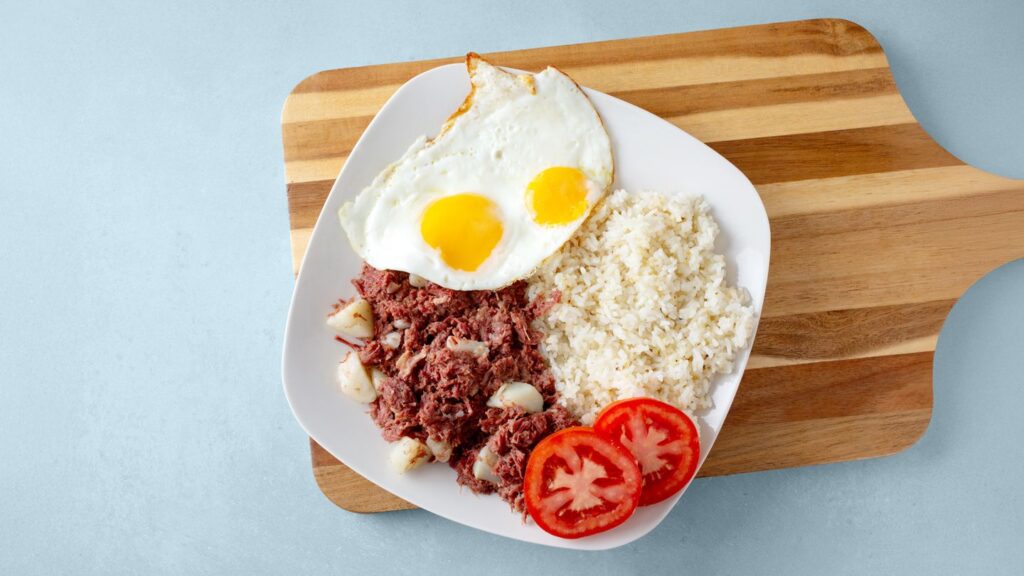Limit Oil and Sugar
There’s no getting around it: There are a lot of deep-fried and sticky sweet dishes that come from the Philippines, and you’ll need to practice moderation when eating them if you have diabetes. A full portion of halo-halo can have nearly 100 grams of carbohydrates, according to Stanford Medicine, which is an entire meal’s worth or more. Consider sharing it with a friend or loved one — or making it a very rare indulgence.
If you need something sweet, fruit is an obvious choice, though even fruits vary significantly in carb content. Lower carb options include strawberries, papaya, and dragon fruit. Higher-carb fruits like banana, durian, and jackfruit are denser and require more moderation.
If you’re eating out or buying frozen foods, choose dishes that are grilled, steamed, or baked, rather than fried. And if you’re cooking at home, consider the many traditional ingredients that pack in a ton of flavor. Tone down the added sugar in recipes, and rely on the subtle sweetness of more wholesome ingredients like sweet potatoes and plantains. Vinegar can bring brightness and acidity to any dish. Instead of relying on syrupy condiments, look to aromatic veggies like garlic, ginger, and chili peppers.
By making conscious choices, focusing on whole foods, controlling portions, and adapting cooking methods, you can continue to enjoy Filipino flavors while nourishing your body. The key is to find a sustainable balance that allows you to savor every bite while maintaining good health.

